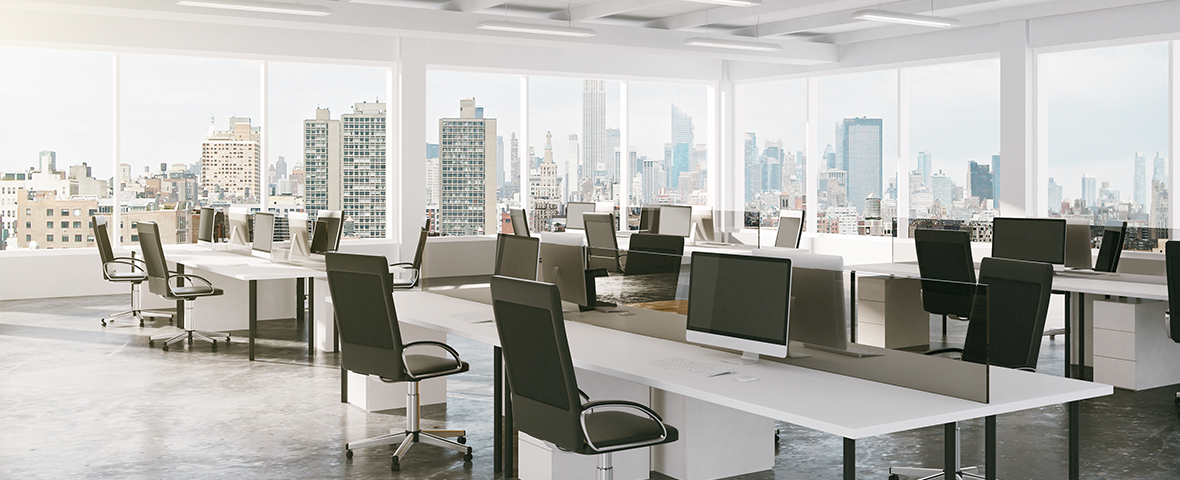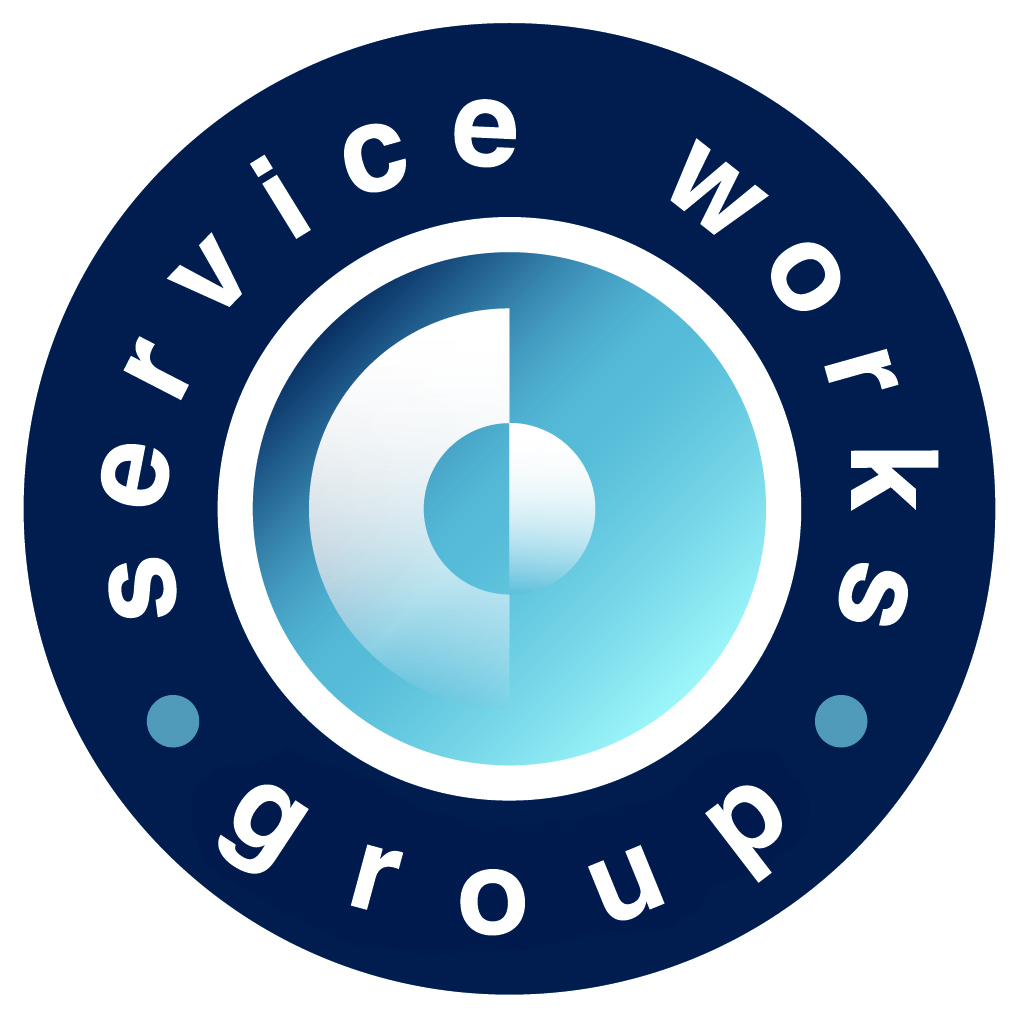Space management software is designed to help users understand and optimise their spaces, as well as track usage, so that spaces can be managed more efficiently. As the world continues to embrace hybrid working, many businesses are benefitting from this type of software.
Hybrid working has led to spaces and occupancy management involving new stakeholders, such as HR, to align staff expectations, business culture, and space efficiency. Other primary sectors with a need for space management technology include hospitals and university campuses, thanks to the way that software can drive operational efficiencies and reduce costs. All three sectors see many people use their spaces so optimised spaces are critical for operational success.
Having effective space management software as part of a facilities management programme will inevitably become essential for many building managers. The BBC recently reported that the new office working week is Tuesday – Thursday, so understanding and optimising space is going to become more important than ever before.
What Are The Benefits of Space Management?
Space management software can offer numerous benefits to various sectors. If your workplace has adopted a hybrid work structure, and your space has been downsized or rearranged, space management software can help make this new space more accessible for employees. Booking a desk space in advance of coming into the office, or in the library at a university, can support the productivity of all users, as it minimises the downtime of people wandering around trying to find a space to sit. This also aids a better flow throughout the building, helping to create a better work environment with fewer distractions. The focus of space optimisation has shifted from how to know when you’re at maximum capacity to how to create optimum suitability for the betterment of the work environment.
In a healthcare context, space management software can help to identify the location of assets with the potential to relocate moveable assets to optimise space usage and make accessing these simpler. The difficulties of environments like a healthcare setting can involve trying to locate important instruments and materials to assist patient care, so being able to access their location quickly and efficiently will improve the patient experience.
Why is it Important – for FM and Building Occupants
Space management software is an extremely versatile technology that has the ability to aid various tools across a facilities managers’ remit. Creating an efficient desk or room booking system for a building has the potential to improve organisation and enhance visitor management. Sensors can be integrated with BIM information and space management software to help monitor desk or room usage across a building and deliver real-time data on which spaces are in use and which are available to use right away. Similarly, this data can aid with space usage forecasting and future scenario planning when it comes to consider relocations or redesigns.
This data can also show an organisation a true representation of its layout as paper floor plans are often outdated. SWG worked with Luton & Dunstable NHS using QFM space management software to move their layouts online. The client was able to create colour-coded floorplans that showed utilisation as well as assets. The result is that the Trust has been able to hit the NHS target of 2.5% of unused or unoccupied space.
For NHS locations, space management software can assist with ERIC reporting inputs by delivering data about support rooms and their cleanliness standards. This can be collected via surveys and audit data that is stored through the software, creating a succinct method of accessing and sharing relevant data.
The technology also provides many benefits for the occupants of a building. These include desk booking systems or wayfinding around a larger building. Users can consult the space management portal to see who was stationed where, or what floor they need to access a particular team or work tool, for example. It can also help with visitor management; if a building user is expecting visitors, they can log their information in the system to help security and book an appropriate meeting room to host those visitors. By streamlining activity like this through a space management system, all team members can be easily kept up to date about the status of the building they’re working in.
The Rise of Space Management Technology in FM
The rise in the use of space management technology can be attributed to the need for more optimised workspaces as the world transitions to a hybrid working model. SWI’s space management, CAFM and BIM information software can be integrated together for FM best practice. Furthermore, sensor data can be accessed in order to demonstrate which areas of a building are low use, so lighting and heating systems in those areas can be shutdown automatically to minimise wasted energy, for example. The data can also be used to assist with planned preventative maintenance.
For more information about how Service Works International can help you with your space management needs, contact us here.
Keep up to date on the latest industry and technology developments: sign up to receive SWI’s blog delivered straight to your inbox:







